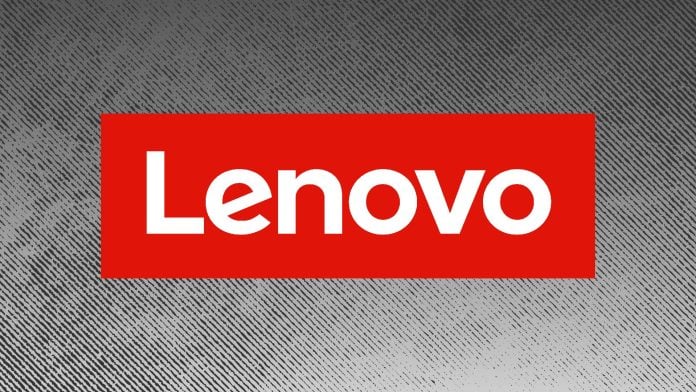Small business owners increasingly rely on high-performance computing (HPC) to stay competitive, and recent advancements by Lenovo and AMD are setting a new standard. These companies are leading the charge in providing energy-efficient solutions that not only enhance computational power but also promote sustainability—a double win for busy enterprises seeking both performance and cost-effectiveness.
Lenovo has solidified its reputation as a top-tier supercomputing provider, ranking as the #1 HPC vendor on the renowned TOP500 list. Its ThinkSystems have powered numerous Green500 supercomputers, including several at the forefront of energy efficiency. By harnessing the power of AMD EPYC™ processors, organizations can execute advanced modeling and simulations that facilitate rapid scientific breakthroughs and reduced time-to-market.
“What we are seeing is a transformation in how public and private institutions approach research,” says a spokesperson from Lenovo. The dual focus on high-performance and sustainability speaks directly to the growing needs of businesses striving for both innovation and lower operational costs.
For small business owners, the appeal of utilizing Lenovo and AMD technologies lies in their practical applications. High-performance computing is not just for large institutions; it can also empower small businesses across various industries. From engineering to genomics, businesses can leverage HPC for tasks ranging from predictive analytics to improved product design.
One notable success story comes from Chile’s National Laboratory for High Performance Computing (NLHPC). By deploying Lenovo ThinkSystem servers equipped with AMD EPYC CPUs and AMD Instinct GPUs, the organization doubled its performance per watt compared to previous systems. Ginés Guerrero, Executive Head of NLHPC, remarks, “By combining Lenovo Neptune Liquid Cooling technology and high-performance AMD Instinct GPUs, we can run more floating-point operations per second with more energy efficiency.”
Such advancements enable organizations, big and small, to minimize physical footprint while maximizing computational capacity. This is valuable not just for research but can also inform marketing strategies or product development initiatives for small businesses looking to leverage data.
Another compelling case can be seen at the Potsdam Institute for Climate Impact Research (PIK). Employing over 250 Lenovo ThinkSystem servers, PIK researchers achieved a staggering 10x performance boost. Their new system not only enables large-scale modeling of climate impacts but also provides substantial benefits in energy cost management by heating workspaces using excess heat from the servers. Such innovations offer small businesses a concrete example of how sustainable practices can translate into cost savings and better resource management.
However, while the benefits are enticing, small business owners should be aware of potential challenges. The initial investment in HPC technology can be substantial, which may deter some small businesses. Additionally, integrating these advanced systems into existing infrastructures requires thoughtful planning and adequate training for staff. Businesses need to assess their specific needs and capabilities to determine if these technologies will yield a return on investment.
As energy costs continue to rise, managing operational expenses becomes increasingly critical. Dr. Thomas Steinke, Head of Supercomputing at Zuse Institute Berlin, points out that “increasing energy costs” demand a focus on efficiency. The ZIB has adopted Lenovo’s Neptune technology to achieve impressive cooling efficiencies—an excellent example for small enterprises to consider when evaluating their own energy consumption and cooling needs.
In a world progressively dependent on data and computational power, high-performance computing is no longer a luxury reserved for the biggest organizations. With innovations from Lenovo and AMD making it more accessible, small business owners have the potential to harness the power of HPC for greater efficiency and innovation. As they explore these solutions, they should weigh the immediate costs against the long-term benefits, keeping in mind that sustainability is becoming a necessary component of future growth strategies.
For more details, visit the original post at Lenovo News.
Image Via BizSugar



